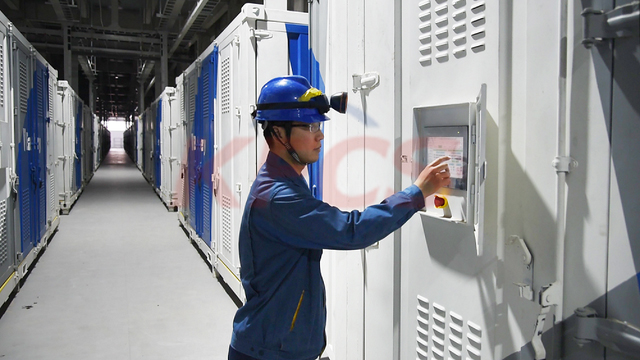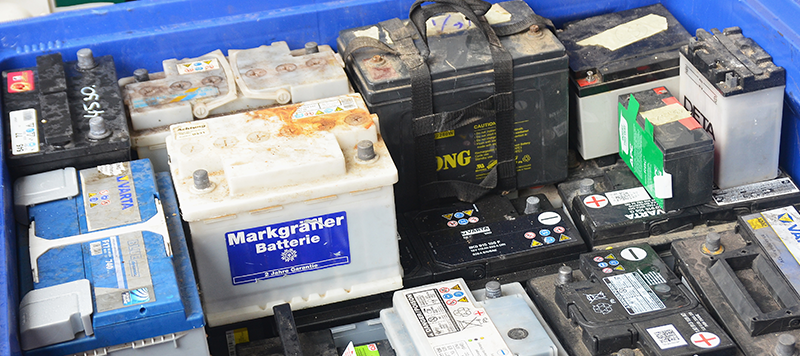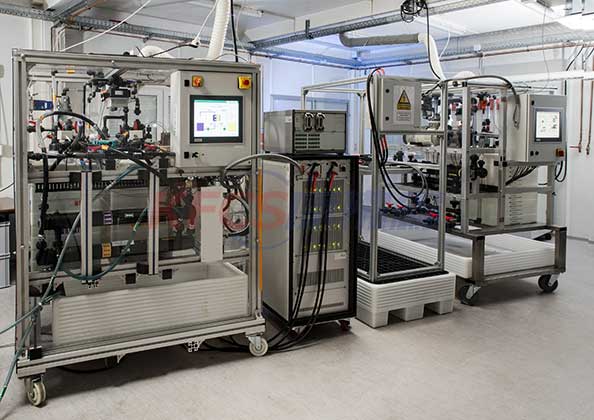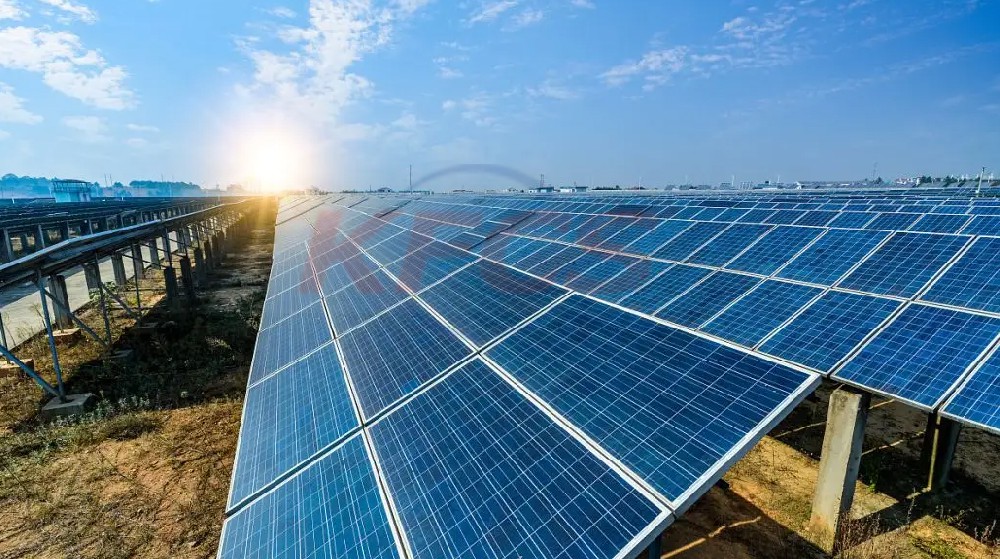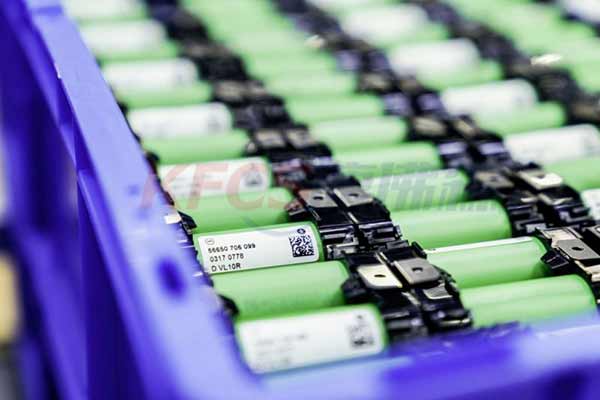New South Wales plans to deploy 700MW/1400MWh battery energy storage projects
2022-03-30
New South Wales plans to deploy 700MW/1400MWh battery energy storage projects
According to reports, the Australian state of New South Wales recently said it planned to deploy a large-scale battery energy storage project and opened a competitive procurement process for the 700MW/1,400MWh battery energy storage system called Waratah Super Battery.
Deploying battery storage would increase the state's transmission system capacity, act as a "shock absorber" for the grid, and allow power lines to operate at higher capacity.
It is part of NSW's plan to ease grid operations following the closure of the Ellarin coal-fired power plant, which has a capacity of 2,880MW, and which owner Origin Energy has proposed to close in 2025 factory.
Origin Energy said the decommissioning of the Ellarin coal-fired power plant could save tens of millions of dollars in operating costs and help the company's decarbonization efforts.
Origin Energy is building a self-deployed 700MW/1,400MWh battery storage system and is aggressively scaling its virtual power plant (VPP to 2GW to make up for the lost capacity from closing the coal plant and rely on its natural gas for power generation) plant to help balance the growing pressure on the grid.
Meanwhile, the NSW government released a plan in February to create new jobs for its staff following the closure of the Ellarin coal-fired power plant: A$250 million ($186.9 million) will be invested in Improve localized manufacturing of clean energy technologies, build a green hydrogen energy industry, and accelerate key transmission infrastructure upgrades and renovations.
The Waratah Super Battery storage system will provide stable, reliable and affordable power, especially as it will increase transmission capacity from NSW to demand centres such as Sydney, Newcastle and Wollongong.
Transmission constraints hinder the provision of existing generation capacity in these areas during peak periods. In the event of an electrical system being affected, such as a lightning strike or bushfire, power lines operate within strict limits below their capacity. Therefore, battery energy storage systems can play an important role and mitigate this shock, avoiding power line upgrades.
The Australian Energy Market Operator (AEMO) said the plan, which includes the deployment of the Waratah Super Battery energy storage system, would be sufficient to meet the target.
NSW Treasurer and Minister of Energy Matt Kean said: "The Waratah Super Battery will allow the grid to accommodate and deliver more electricity, freeing up excess power from renewable energy sources and providing energy for NSW homes and businesses. Provide a reliable and stable energy supply.”
The battery storage project needs to be operational before the closure of the Ellarin coal-fired power plant in 2025, and the NSW government will be open to proposals for construction sites, which could include state-owned land.
EnergyCo launched its procurement campaign on March 31 and has been calling for expressions of interest from early April.
Bidders' bids will be assessed between August and October this year, before the award and contract are announced in November.
About News
- VFB-125kW all-vanadium liquid flow energy storage system
- 350MW/1750MWh! Penso power plans to deploy a large-scale battery energy storage project in the UK with approval
- Make energy "access" easier
- Megawatt vanadium battery system
- Cold sintering may open door to improved solid-state battery production
- A method to stabilize solid-state lithium-ion battery interfaces opens up new possibilities
- How Vanadium redox flow battery Work?
- How to improve the activity of Vanadium Redox Battery electrode?
- Lithium battery recycling: accelerating the construction of industrial chain recycling integration
- 2.5kW vanadium battery
Products


